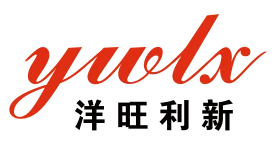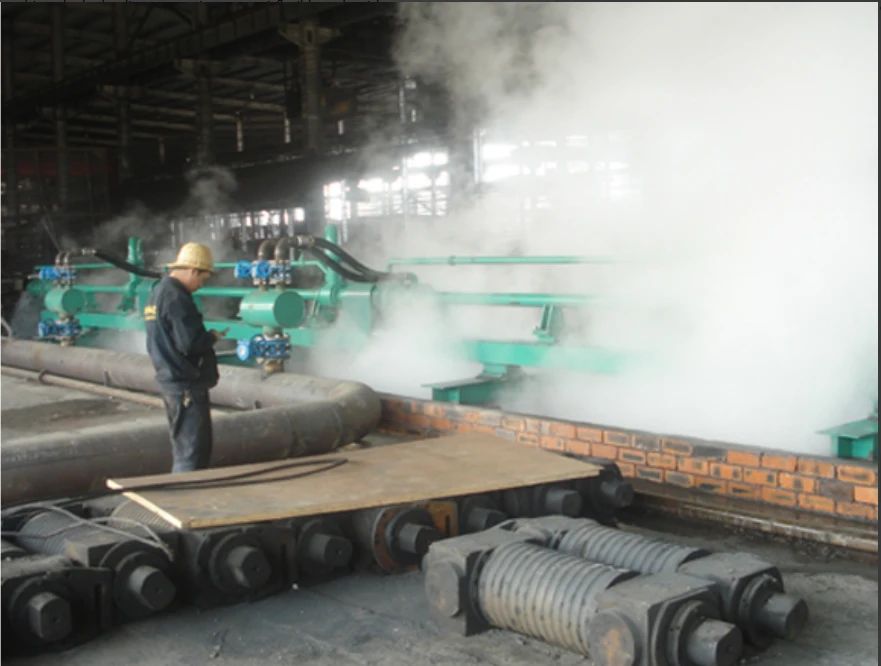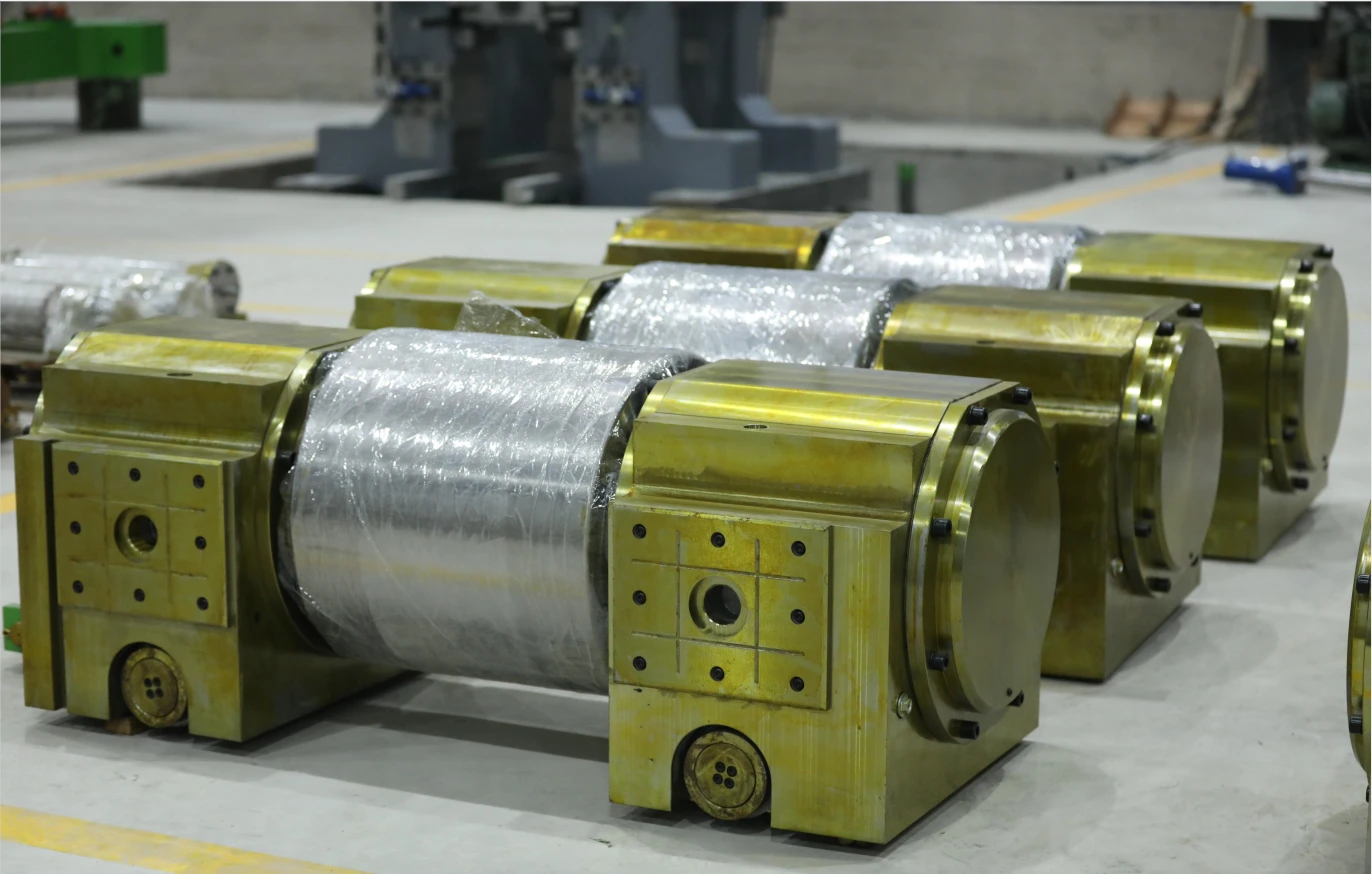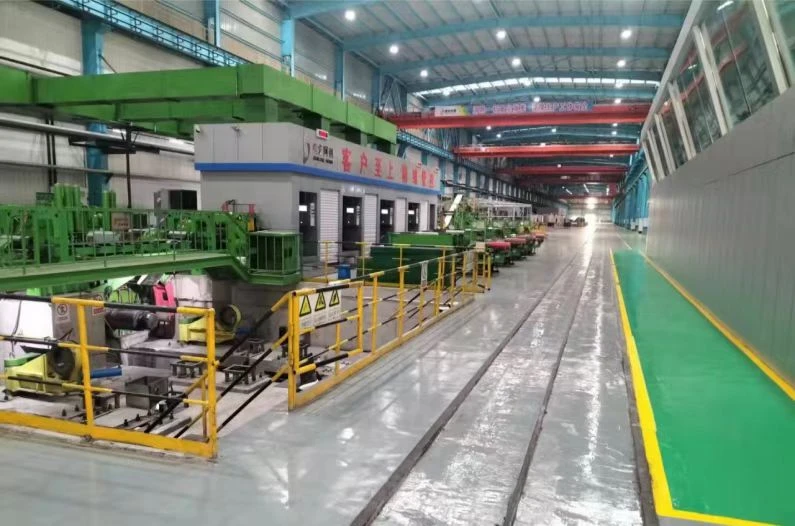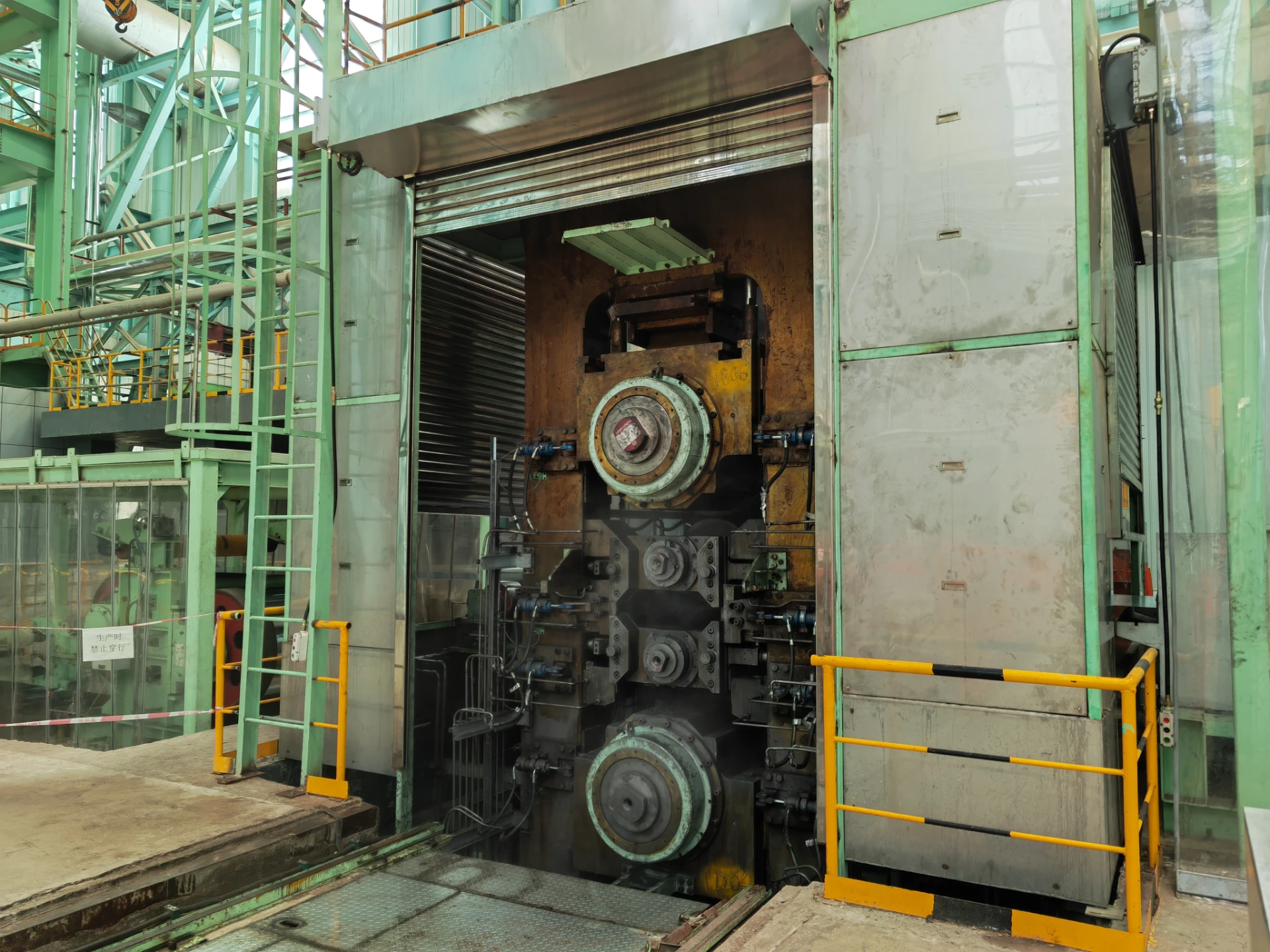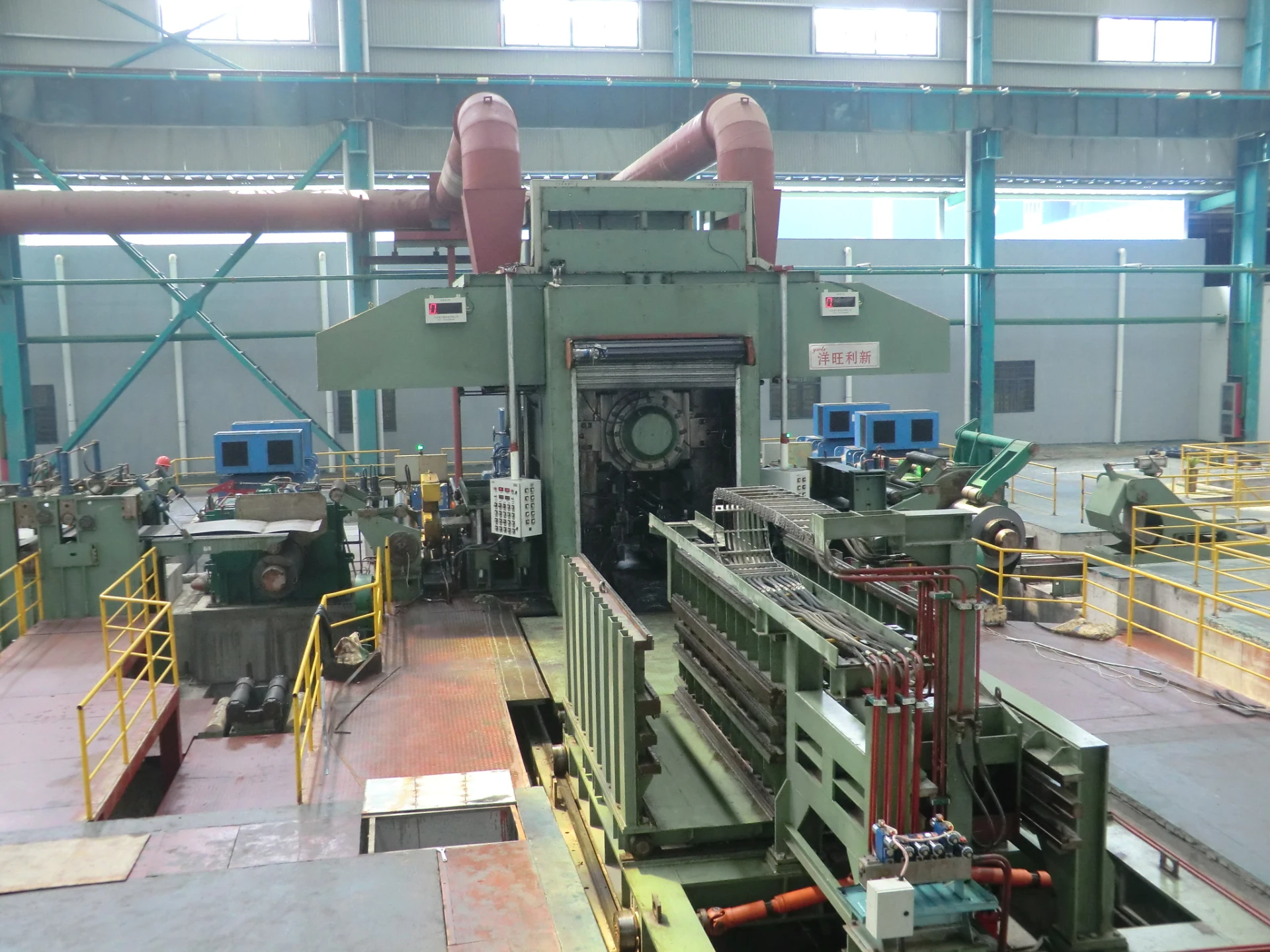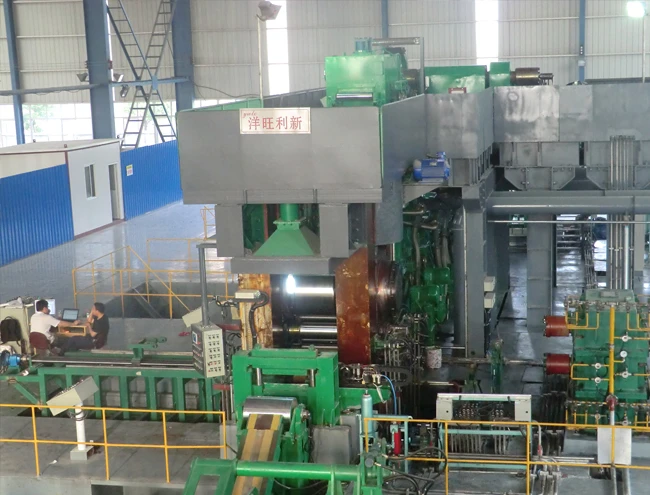
High-Efficiency Reversible Rolling Mill for Steel Processing
جولای . 28, 2025 05:01
Back to list
High-Efficiency Reversible Rolling Mill for Steel Processing
Cutting-Edge Innovations and Application Trends of Reversible Rolling Mill in Modern Strip Steel Production
Explore the latest technology, technical parameters, comparative strengths, application cases, and customization of reversible rolling mill — the heart of Hot/Cold Rolling Production Line. This comprehensive guide includes industry trends, authentic data, technical visualizations, user experience, and professional knowledge under the recent Google EEAT guidelines.
1. Industry Insights: Market Trends in Reversible Rolling Mill Sector
Reversible rolling mills play a pivotal role in hot strip steel mill and cold rolling mill production chains. According to Mordor Intelligence (2023), the global rolling mill machine market exceeded $22.8 billion in 2023, with an expected CAGR of 4.6% until 2030. Increasing demand for precision, higher yield, and efficient alloy processing is accelerating advanced line upgrades and new mill installations.
- The surge in lightweight vehicle manufacturing significantly boosts cold rolling mill equipment demand.
- API line pipe, petrochemical, and energy sectors witness increased application of hot strip steel mill lines featuring smart monitoring and energy-saving drives.
2. Technical Specifications: Reversible Rolling Mill Parameter Table
| Model | Max Coil Width (mm) | Thickness Range (mm) | Yield Strength (MPa) | Roller Dia (mm) | Line Speed (m/min) | Main Drive Power (kW) | ISO Certification |
|---|---|---|---|---|---|---|---|
| YWLX-RR1500 | 1500 | 1.0–8.0 | 850 | 650 | 650 | 2200 | ISO 9001:2015 |
| YWLX-RR1800 | 1800 | 0.8–10 | 1000 | 800 | 850 | 3200 | ISO 14001:2017 |
| YWLX-RR2150 | 2150 | 0.65–12 | 1150 | 920 | 1000 | 4500 | ANSI/AIST 2005 |
3. Reversible Rolling Mill Process Flow: Visualization & Node Analysis
Input Coil Feeding
Auto coil car & hydraulic centering
ISO 9031 Standard
→
Auto coil car & hydraulic centering
ISO 9031 Standard
Descaling / Preheating
Forced water spray
Improved scale removal rate
→
Forced water spray
Improved scale removal rate
Roughing / Rolling Stand
Forged steel work roll, CNC bearing seat
Hardness: HSD 70-80
→
Forged steel work roll, CNC bearing seat
Hardness: HSD 70-80
Reversible Pass
Precision adjustment via AGC/PLC system
Auto Gauge Control
→
Precision adjustment via AGC/PLC system
Auto Gauge Control
Finishing/Coiling
Online thickness monitoring (±0.02mm)
In-line surface inspection
Online thickness monitoring (±0.02mm)
In-line surface inspection
The entire process strictly follows ISO, ANSI standards for manufacturing, using advanced metallurgy, forging, and CNC finishing to deliver outstanding reliability and precision.

Real-life reversible rolling mill line (visit Hot/Cold Rolling Production Line)
4. Material, Manufacturing & Inspection Standards
- Roll Material: Premium forged alloy steel (42CrMo, 60CrNiMo) ensuring high compressive strength and wear resistance (tested to HB340–400 via JIS G4053).
- Bearings: German FAG/NTN sealed units, load rating >900kN, certified to ISO 281:2007.
- Manufacturing: Modular welding, heat treatment (normalizing, tempering), CNC precision machining ≤0.01mm, surface roughness Ra1.2μm.
- Detection: 100% ultrasonic flaw test (ASTM A388), hardness (Shore D), geometric tolerance check (ISO 1101).
- Line Reliability: Mean Time Before Failure (MTBF): >34,000h; Designed for 15+ years of intensive service.
- Corrosion Resistance: Optional nickel/chrome coatings; anti-magnetic lamination for electronics grade strip.
- Certification: Line supplied with CE+ISO 9001:2015; calibration traceabile to NIST/DAkkS.
5. Advantage Analysis: Technical and Engineering Edge
- Flexibility: Reversible rolling mill offers both forward and backward operation, optimizing space and reducing investment cost by 35% over traditional tandem mills.
- Thin Gauge Capability: Final thickness ≥0.65mm (cold), ensuring high-precision micro-gauge with AGC/AVC closed-loop control.
- High Surface Finish: Ultra-smooth roll grinding, laser in-line cleaning, and edge trimming create outstanding surface quality meeting AISI strip standards.
- Energy Efficiency: Frequency inverter main drive, optimized mill pass schedule, and hydraulic load sharing cut energy consumption by >20% (DOE2021).
- Intelligent Quality: Advanced PLC+MES integration enables automatic reporting, defect alarm, data traceability, and predictive maintenance.
6. Product Comparison: Reversible vs. Tandem/Continuous Mills
| Feature | Reversible Rolling Mill | Tandem Mill | Continuous Strip Mill |
|---|---|---|---|
| Space Occupied | Compact (≤50m) | Medium (≥80m) | Very Large (≥150m) |
| Investment | Lower | Medium | High |
| Thickness Control | Excellent (±0.02mm) | Good (±0.03mm) | Moderate (±0.07mm) |
| Automation | Fully Automatic (PLC+AGC) | Automatic | Semi-Auto |
| Batch Flexibility | High | Limited | Low |
| Typical Application | High-value strip, alloy plate, silicon steel | Mid-volume carbon steel/SS | Large-scale HRC/CRC |
7. Hot/Cold Rolling Production Line: Specification Highlights & Visual Comparison
Hot/Cold Rolling Production Line
is engineered for both hot strip steel mill and cold rolling mill applications, featuring modular configuration, high automation, and multi-grade metal adaptability.
8. Manufacturer Comparison: Selection Guide
| Supplier | Certification | Typical Output | Innovation Features | Main Markets |
|---|---|---|---|---|
| YWLX (Beijing YWLX Technology) | CE, ISO, ANSI, SGS | 1450–2150mm, 0.8–12mm, 1000 m/min | Smart closed-loop AGC, predictive diagnostics, modular installation | Asia, EU, NA |
| SMS Siemag | ISO, TÜV, AIST | 1200–1850mm, 1.2–18mm | Energy saver, advanced PLC servo | Europe, US, Brazil |
| Danieli | CE, ISO | 1280–2000mm, 0.85–14mm | Specialty fast change roll stands | Italy, Asia, Middle East |
Tip: Always request certificates, batch test records, and field operation videos before procurement.
9. Customization Services: Tailoring the Perfect Solution
- Design Flexibility: Custom roll diameter, automation level, and line length based on mill layout and expected throughput.
- Material Adaptivity: Select roll metallurgical grade per target alloy (e.g., Si steel, stainless, advanced high strength steel).
- Integration: Seamless MES/ERP/SCADA link; optional remote monitoring and data export (SQL/CSV/API).
- Engineering Support: On-site training, SOP documentation, 24/7 hotline, and annual maintenance contract (AMC) available.
- Trial Production: Free test runs & samples, TPI/FOG/SGS third-party validation for export lines.
10. Application Case Studies: Experience & Authority
Case 1: Oil Pipeline Grade Strip (API 5L X70) – Southeast Asia
Achieved 0.72mm min. thickness and flawless flatness over 1550mm width using reversible rolling mill. Productivity up by 28% versus previous tandem setup. Project certified by SGS in 2022.
Achieved 0.72mm min. thickness and flawless flatness over 1550mm width using reversible rolling mill. Productivity up by 28% versus previous tandem setup. Project certified by SGS in 2022.
- Inspection Results: Surface defects ≤0.7/100m2; thickness deviation: ±0.018mm; coil runs: over 10,000 cycles.
- User Feedback: “Significantly lower downtime and easier roll changeover.”
Case 2: Precision Electronics Strip – Europe
Reduced edge burr incidents by 65% and improved yield by 11% using custom CNC hardfacing rolls; inline AEC camera inspection helped early defect detection. Customer: Leading EV battery components supplier.
Reduced edge burr incidents by 65% and improved yield by 11% using custom CNC hardfacing rolls; inline AEC camera inspection helped early defect detection. Customer: Leading EV battery components supplier.
Case 3: Automotive Body Sheet Upgrade – North America
Delivered high-tensile dual-phase steel for car OEM (thickness 0.85–1.2mm, width 1800mm); achieved surface roughness Ra0.7μm, outperforming EU EN 10209-1 norms. Warranty: 3 years, zero unplanned stops.
Delivered high-tensile dual-phase steel for car OEM (thickness 0.85–1.2mm, width 1800mm); achieved surface roughness Ra0.7μm, outperforming EU EN 10209-1 norms. Warranty: 3 years, zero unplanned stops.
11. Delivery, Warranty & Customer Support
- Lead Time: 70–120 working days for customized production lines.
- Packing & Logistics: Export-grade anti-rust packaging, seaworthy wooden case, real-time logistics tracking.
- Warranty: 18 months from delivery or 14 months from commissioning (whichever comes first). Premium plan: Up to 3 years.
- 24/7 Support: Dedicated technical team, online troubleshooting, and remote monitoring service available through secure channels.
- Quality Commitment: Each line delivered with full test reports, calibration certificates, and operating manuals in English.
12. FAQ – Technical & Professional Questions
Q1: What is the most recommended roll material for modern reversible rolling mill?
A1: High-grade forged alloy tool steel (e.g., 42CrMo or 60CrNiMo) offers excellent fatigue resistance, toughness, and surface durability, tested in accordance with JIS G4053 and ISO 4957 standards.
Q2: What is the typical thickness tolerance achievable?
A2: With closed-loop AGC and high-precision CNC controls, final strip thickness tolerance can reach ≤±0.02mm, surpassing EN 10131 and ASTM A568/A568M tolerances.
Q3: What are the options for anti-corrosion surface treatment?
A3: Nickel or chromium plating, in combination with cermet overlays on rolls and anti-magnetic lamination, meet the demands for corrosion-sensitive industries (electronics, food-grade steel strip).
Q4: Can the production line be customized for dual use (hot/cold)?
A4: Yes, modular design allows for interchanging heating/descaling modules and roll stands, supporting both hot strip steel mill and cold rolling mill processes with rapid switchover.
Q5: What installation standards are followed?
A5: Installation is done as per ISO 4046 (rolling mill machinery), ISO 9443 (foundations & balance), and all electrical systems meet IEC and UL standards for export.
Q6: How is product traceability guaranteed?
A6: Each critical component is serialized; digital MES integration ensures complete traceability. Inspection records are archived in compliance with ISO 9001:2015 and customer-specific requirements.
Q7: Are there specific standards for inline detection and documentation?
A7: Inline detection complies with ASTM E112/E45 for grain size and non-metallic inclusions; calibration follows NIST-traceable standards. All QC documentation is delivered in bilingual format.
13. References & Further Reading
- [1] Mordor Intelligence. Rolling Mill Machine Market 2023-2030. Link
- [2] Steel Times International. “Latest Trends in Reversible Rolling Mill Automation and Control.” Link
- [3] ResearchGate. “Energy Efficiency in Reversible Cold Rolling Mills.” Link
- [4] World Steel Association. “Steel Industry Data and Standards.” Link
Prev:
This is the first article
Latest news
-
Indian Clients Visit YWLX to Inspect Skin-pass MillNewsJun.22,2025
-
Typical Products from Reversing Cold Rolling ProcessNewsMay.26,2025
-
Surface Finish Improvement through Skin Pass RollingNewsMay.26,2025
-
Integration of AGC Systems in Modern Cold Rolling MillsNewsMay.26,2025
-
Cold Rolling in the Context of High-Strength Steel DemandNewsMay.26,2025
-
AGC in Hot Rolling Mills: Challenges and SolutionsNewsMay.26,2025
-
Why Reversing Cold Rolling Mills Are Ideal for Specialty MetalsNewsMay.13,2025
Related Products


